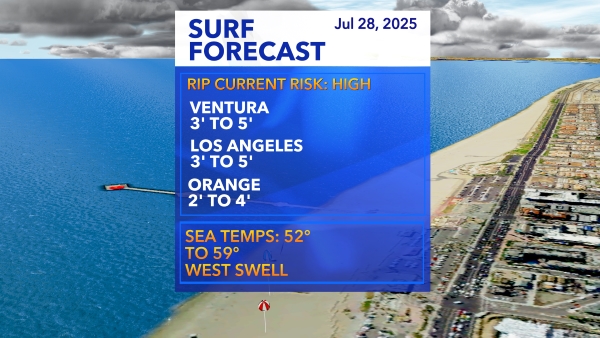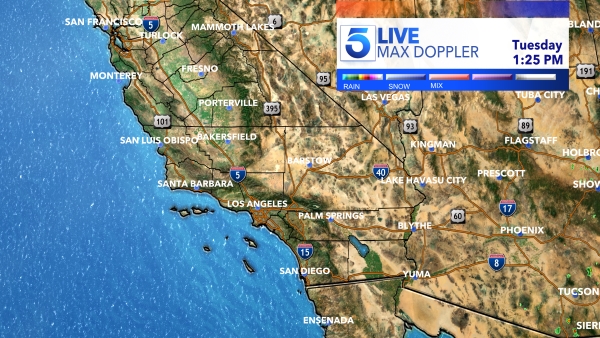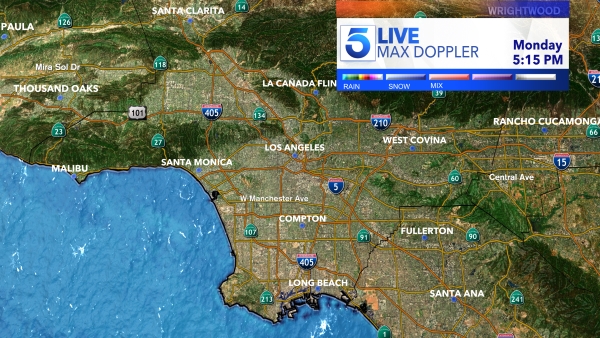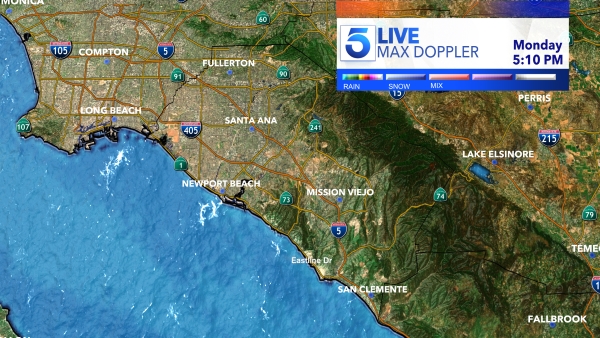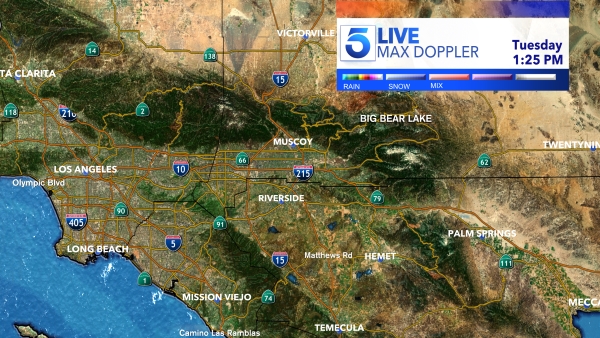With all signs indicating the U.S. will experience a “double dip” La Niña, Southern California appears headed for another warm and dry winter, with no relief in site for the drought-stricken state.
That’s according to seasonal outlooks released by the National Oceanic and Atmospheric Administration’s Climate Prediction Center on Thursday.
La Niña conditions began developing this past September, and NOAA gives the climate pattern a 90% chance of lasting through winter, with a 50% chance of it continuing into the spring months.
At its peak, this event is anticipated to be moderate-strength, according to meteorologists.
A La Niña is part of the El Niño Southern Oscillation (ENSO) cycle, and is marked by cooler sea surface temperatures in the tropical Pacific Ocean, according to NOAA. By contrast, El Niño conditions are ushered in by above-average temperatures in the same area. The third state of the ENSO cycle is known as “neutral.”
For Southern California, La Niña usually brings drier conditions — and this winter, that trend will appear to hold.
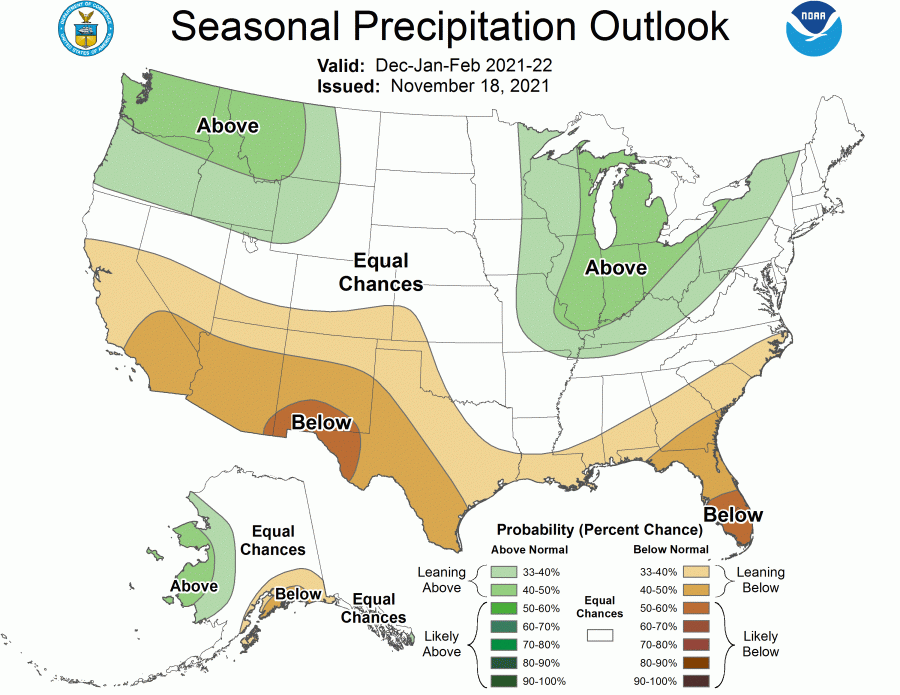
The parched region has an approximately 40 to 50% chance of leaning below normal for precipitation, according to NOAA’s three-month outlook.
Temperatures, meanwhile, have a 33 to 40% chance of leaning above normal from December until February, the forecast shows.
With below-average rain predicted again for winter, the drought will likely persist in the Southland, with the situation expected to deteriorate in the northernmost parts of the state, as well in the latter part of the season.
Currently, 80% of California is mired in at least “extreme drought,” including roughly 37% that is in the worst category of “exceptional,” according to the latest U.S. Drought Monitor report.
That doesn’t include Orange County and parts of Riverside and San Bernardino counties, which are slightly better off but are still experiencing “severe drought.”

The drought isn’t just a problem in California though, and experts are paying careful attention to the entire U.S. Southwest as the water situation throughout the region continues to worsen.
“The Southwest will certainly remain a region of concern as we anticipate below-normal precipitation where drought conditions continue in most areas,” said Jon Gottschalck, the head of NOAA’s Climate Prediction Center’s Operational Prediction Branch.
Overall, however, the latest forecast for Southern California is mostly consistent with the winter outlook NOAA released last month.
According to experts, it’s actually fairly common for back-to-back La Niña conditions to emerge in winter following a transition to ENSO-neutral conditions. The phenomenon is known as “double-dipping.”
As for whether there will be a three-peat next winter?
“Three La Niña winters in a row isn’t unprecedented—that happened in 1973–1976, and 1998–2001—but it is relatively unusual,” NOAA says.


